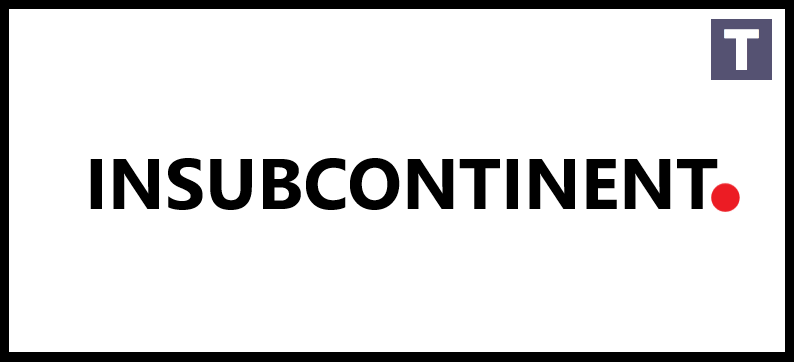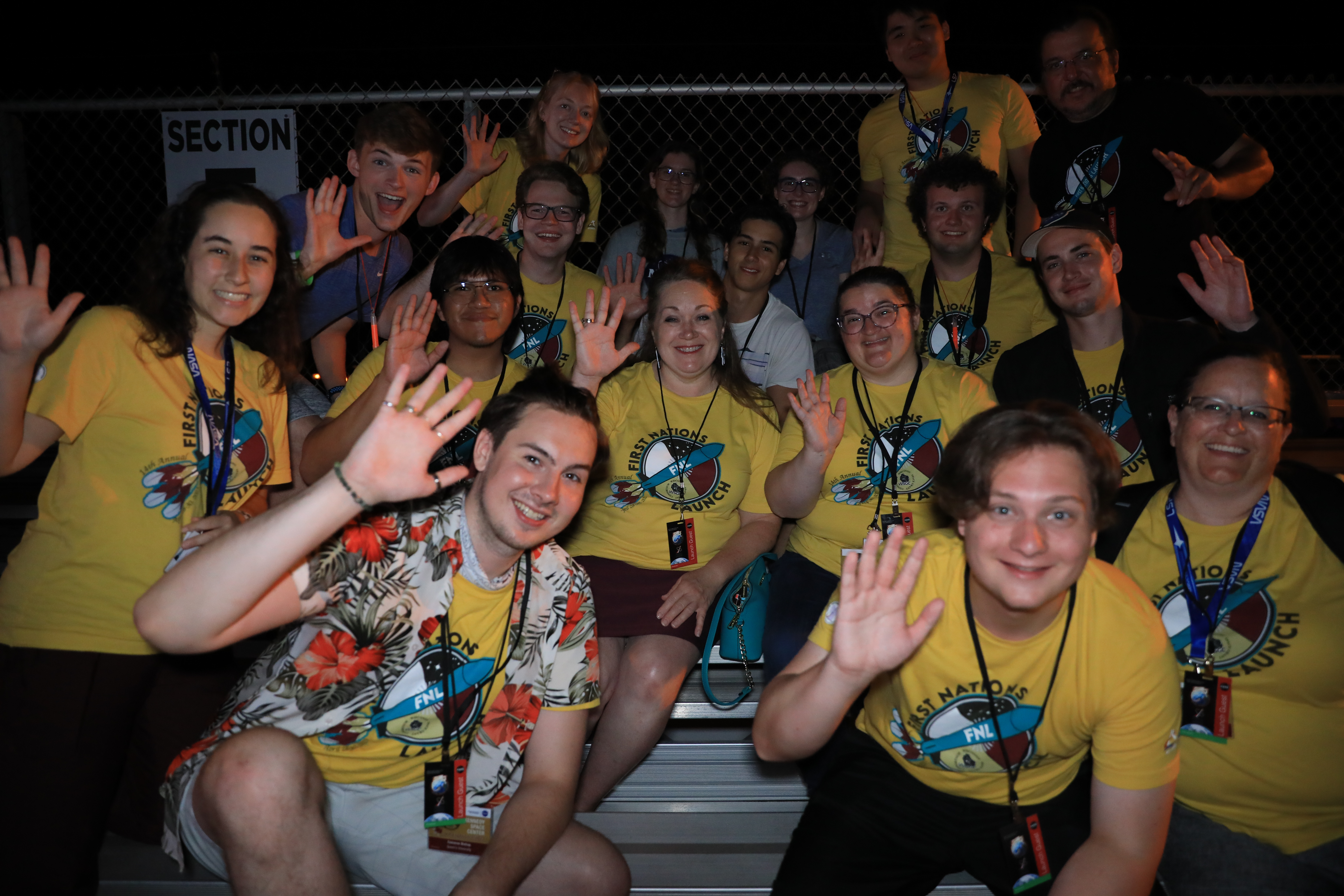Music
Trailers
DailyVideos
India
Pakistan
Afghanistan
Bangladesh
Srilanka
Nepal
Thailand
StockMarket
Business
Technology
Startup
Trending Videos
Coupons
Football
Search
Download App in Playstore
Download App
Best Collections
Technology
A former Uber software engineer filed a lawsuit against the company today in the Superior Court of California, accusing it of retaliating against her for after she reported sexual harassment and discrimination.
The complaint byIngrid Avendaño, who worked at Uber from 2014 to 2017, alleges that Uberworkplace &was permeated with degrading, marginalizing, discriminatory and sexually harassing conduct toward women.& Avendañoaccount and her claim that &this culture was perpetuated and condoned by numerous managers, including high level company leaders& is similar to the description of Uberinternal culture presented by Susan Fowler, also a former Uber engineer, in her pivotalFebruary 2017 blog post. Fowleraccount led to an internal investigation, multiple firings and, along with other company scandals, contributed to the resignation of CEO Travis Kalanick.
Avendañocomplaint (&Ingrid Avendaño v. Uber Technologies, Inc.,& Case No. CGC-18-566677 in the Superior Court ofCalifornia, San Francisco County) claims that when she tried to report misconduct, she faced &blatant retaliation, including denial of promotions and raises, unwarranted negative performance reviews and placement on an oppressively demanding on-call schedule that had detrimental effects on her health. She was also threatened with termination.& Avendaño eventually resigned from Uber, the lawsuit says.
Avendaño is represented by Outten - Golden, a law firm that specializes in employee rights. Last October, Avendaño and two other Latina software engineers were the named plaintiffs in a class-action lawsuit against Uber for allegedly discriminating against women and people of color. But Avendaño later opted out of the collective action and, according to Outten - Golden, did not participate when Uber agreed to a settlement in March 2018. The lawsuit filed by Avendaño today is separate from that settlement.
- Details
- Category: Technology
Read more: Former software engineer accuses Uber of “degrading conduct” toward women in new lawsuit
Write comment (94 Comments)Streaming video services invest heavily in technology to improve their ability to show users a set of personalized recommendations about what to what next. But according to a new research study released today by UserTesting, it seems that consumers aren&t watching much recommended content & in fact, only 29 percent of the studyparticipants said they actually watched something the service recommended.
On some services, those figures were extremely low & for example, only 6 percent of HBO NOW users said they watched recommended content.
Thatprobably because consumers found it difficult to locate HBO NOWrecommendations in the first place. The service was given a low 16.8 &customer experience&score on this front, the study says. Thata much lower score than all other services analyzed, including Netflix, Amazon Prime Video, Hulu and YouTube TV & all of which had scores in the 80&s. (See first chart, below).
To be fair, HBO NOW doesn&t really do recommendations in the same way as the others.
Its app offers a &Featured& selection of content for all users, and, if you scroll down further, there are a couple of editorial collections, like &Essential HBO& or &14 Hidden Gems You Missed the First Time.& A separate &Collections& section includes more of these suggestions, like &New Movies,& &Just Added,& &Last Chance& and others.
The lack of personalized, easily located recommendations also impacted HBO NOWoverall score in the UserTesting study, which rated the services across a variety of metrics including availability of content, friction-free viewing, ease of scrubbing and episode scanning, and other factors. HBO NOW was also was dinged by survey respondents for lagging, freezing and buffering issues, though they said they appreciated its clean design.
Netflixoverall score was 89.5, making it the highest-rated streaming service among those analyzed due to having the most relevant recommendations, overall high ease-of-use, and a speedy service. It was followed by Hulu (86.8), Amazon Prime (85), YouTube TV (80.7), and then HBO NOW (71.8).
Coincidentally, Netflix also just beat HBO in a survey related to consumer appreciation for original programming, put out by Morgan Stanley.39 percent of respondents in that survey said Netflix had the &best original programming& compared with HBOsecond place rank of 14 percent.
UserTestingstudy also backed up earlier research from Deloitte, as it found that subscription video customers are having to subscribe to more than one service in order to find all the content they want to watch.
More than half said they subscribe to at least two apps. For example, 90 percent of HBO NOW customers also subscribed to Netflix, while 80 percent subscribed to Amazon Prime.
The study additionally found that much of viewing (45%) takes place on TV or via streaming media devices like Roku, Apple TV, or Amazon Fire TV. 37 percent preferred laptops, and 11 percent said their smartphone or tablet was their primary streaming device. For some services, TV viewing is even higher & Hulu recently said that the majority & 78 percent & takes place on TVs.
UserTestingstudy involved 500 subscription video customers, 74 percent of whom said they watched streaming media every day. The full report is available here.
- Details
- Category: Technology
Read more: Subscription video services’ recommendations aren’t working, study claims
Write comment (99 Comments)Amazon is launching new app store with tools created specifically to help its sellers manage their inventory and orders. Called the Marketplace Appstore, it will feature apps made using Amazon Marketplace Web Service (Amazon MWS) by Amazon and third-party developers screened by the company. According to a report by CNET, the Marketplace Appstore launches to sellers today.
There are now about two million sellers on Amazon, including more than a million small to medium-sized businesses in the United States. Amazon MWS is an integrated web service API that allows sellers to share data about their inventory, orders and logistics with Amazon in order to automate more tasks. It also enables sellers to build apps for their own accounts and other sellers.
The company told CNET that &many developers have innovated and created applications that complement our tools and integrate with our services. We created the Marketplace Appstore to help businesses more easily discover these applications, streamline their business operations and ultimately create a better experience for our customers.&
The Marketplace Appstore is free for developers to join and use, but they are currently required to submit an applicationto Amazon and undergo a business and practices review.
- Details
- Category: Technology
Read more: Amazon to launch a new app store with tools for its two million sellers
Write comment (91 Comments)Comcast today is officially launching its own Wi-Fi extender devices called xFi Pods that help to address problems with weak Wi-Fi signals in parts of a customerhome due to things like the use of building materials that disrupt signals, or even just the homedesign. The launch follows Comcastannouncement last year that it was investingin the mesh router maker Plume, which offers plug-in &pods& that help extend Wi-Fi signals.
The company said that it would launch its own xFi pods that pair with Comcastgateways to its own customers as a result of that deal.
Those pods were initially available in select markets, including Boston, Chicago and Denver, ahead of todaynationwide launch.
The pods themselves are hexagon-shopped devices that plug in to any electrical outlet in the home, and then pair with ComcastxFi Wireless Gateway or the xFi Advanced Gateway to help Wi-Fi signals extend to the hard-to-reach areas of the home.
The pods work with the Comcast Gateways to continuously monitor and optimize the Wi-Fi connections, Comcast explains, while its cloud-based management service evaluates the homeWi-Fi environment to make sure all the connected devices are using the best signal bands and Wi-Fi channels. Plus, the devices are smart enough to self-monitor their own performance, diagnose issues and &heal& themselves, as needed, says Comcast.
However, early reviews of Plumepods were mixed. CNET said the system was slow and the pods were too expensive, for example. But Engadget found the system had the lowest latency, compared with competitors, and helped devices roam more easily and accurately.
Comcast has addressed some of the earlier complaints. The pods are now much more affordable, for starters. While they&ve been selling on the Plume website for $329 for a six-pack, Comcastsix-pack is $199. A three-pack is also available for $119, instead of the $179 when bought directly from Plume.
More importantly, perhaps, is that Comcastsystem is different from the pods featured in earlier reviews.
While Plume technology is a component of the new pods, they are not Plume devices, Comcast tells TechCrunch. Instead, Comcast licensed the Plume technology, then reconfigured some aspects of it in order to integrate xFi. It also designed its own pods in-house.
In addition, Comcastengineers developed new firmware and new software in-house to make it easy to pair the pods with a Comcast Gateway.
The Comcast xFi pods can be bought from its own website, the xFi app and in some Xfinity retail stores.
The xFi app (for iOS and Android) is also how customers can manage and view the connection status of the pods.
Comcast says it will make buying pods even easier later this year by offering a monthly payment plan.
The company has been upgrading its Wi-Fi offering in recent months as a means of staying competitive. Last year it launched the Xfinity xFi platform to help customers better manage their home Wi-Fi network with features like device monitoring, troubleshooting, &bedtime& schedules for families, internet pause and otherparental controls.
Comcast declined to say how many pods were sold in its first trial markets, only that the response so far has been positive and boosted the companyNet Promoter Score as a result.
Image credits: Comcast
- Details
- Category: Technology
Read more: Comcast’s mesh Wi-Fi system, xFi Pods, launches nationwide
Write comment (95 Comments)Canonical, the company best known for its Ubuntu Linux distribution, is on a path to an IPO. Thatsomething Canonical founder and CEO Mark Shuttleworth has been quite open about. But don&t expect that IPO to happen this year.
&We did decide as a company — and thatnot just my decision — but we did decide that we want to have a commercial focus,& Shuttleworth told me during an interview at the OpenStack Summit in Vancouver, Canada today. &So we picked cloud and IoT as the areas to develop that. And being a public company, given that most of our customers are now global institutions, it makes for us also to be a global institution. I think it would be great for my team to be part of a public company. It would be a lot of work, but we are not shy of work.&
Unsurprisingly, Shuttleworth didn&t want to talk about the exact timeline for the IPO, though. &We will do the right thing at the right time,& he said. That right time is not this year, though. &No, there is a process that you have to go through and that takes time. We know what we need to hit in terms of revenue and growth and we&re on track.&
Getting the company on track was very much Shuttleworthfocus over the course of the last year. That meant killing projects like the Ubuntu Phone (which Shuttleworth said was &painful,&) as well as the Unity desktop environment. Instead, the companyfocus is now squarely on helping enterprises stand up and manage their private clouds — no matter whether those run OpenStack, Kubernetes or a combination of those.
That doesn&t mean Canonical has forgotten about the desktop, though. Shuttleworth told me that the desktop team still has the same size as before. He also noted that the desktop is still a passion for him.
&We took some big risks a year ago,& he said. &We cut a bunch of stuff that people loved about us. We had to see if people were going to respond commercially.& That move is paying off now, though. During a keynote earlier today, Shuttleworth noted that Canonical is now in talks for about 200 new deployments for 2018 — up from about 40 in 2017.
While the hype around OpenStack has died down considerably over the course of the last two years, Canonical is still seeing good growth there — especially now that there are only a few major players left, including RedHat, which he name-checked a number of times during both his keynote and our conversation.
Why are things going well for Canonical when others couldn&t make a business out of OpenStack &I believe for this community — the OpenStack community — itreally important to deliver on the underlying promise of more cost-effective infrastructure,& he said. &You can love technology and you can have new projects and it can all be kumbaya and open source. In practice, to me, most of the stuff that we saw at OpenStack was bullshit. The stuff that really matters is computers, virtual machines, virtual disks, virtual networks. So we ruthlessly focus on delivering that and then also solving all the problems around that.&
Today, Canonical can deliver an OpenStack platform to an enterprise in two weeks — with all of the hardware and services in place. &I don&t mind being a bit controversial because we are delivering the promise of OpenStack,& he said. &The promise of OpenStack wasn&t delivering endless summits and endless new projects and endless new ideas.& That, he said, is exactly the kind of bullshit he was referring to in his earlier comments.
Looking ahead, Shuttleworth noted that heespecially interested in what Canonical can do around IoT solutions, too. Thanks to Ubuntu Core and its Snap system, it has all the tools in place, including a lightweight management layer. The company also is focusing heavily on getting more customers in the financial services sector. No doubt, having a bunch of large banks and brokerages as reference customers will help the company when it comes to its IPO — and my guess is that we can expect that one to happen next year.
- Details
- Category: Technology
Read more: Don’t expect Ubuntu maker Canonical to IPO this year
Write comment (95 Comments)Epic Games doesn&t want the party to stop.
The gaming company announced today that it plans to funnel $100 million into Fortnite eSports competitions for the &2018-2019 season,& a move which will undoubtedly drive talent and enthusiasm to the battle royale title.
The company announced the investment in a short blog post:
In the 2018 & 2019 season, Epic Games will provide $100,000,000 to fund prize pools for Fortnite competitions. We&re getting behind competitive play in a big way, but our approach will be different & we plan to be more inclusive, and focused on the joy of playing and watching the game.
Fortnite has had an explosive period of growth over the past several months since the release of its battle royale flavor following the popularity of PUBG, but Epic Games seems to be doubling down on ensuring the continued popularity of the recent multiplayer gameplay trend.
Unlike a lot of popular eSports titles, Fortnite is available across a pretty wide variety of platforms beyond just the PC, with console and mobile flavors also available. Epic hasn&t released much in the way of usage numbers lately, but the game hit 2 million concurrent players in January and it has undoubtedly surged in popularity since then.
Whether the young title can continue to draw attention and crowds in the face of fresher talent moving forward will depend heavily on streamers and eSports leagues continuing to show interest, but $100 million in investment in prize pools will almost certainly prove to be quite helpful.
- Details
- Category: Technology
Read more: Epic Games will pump $100 million into Fortnite eSports competitions
Write comment (97 Comments)Page 5329 of 5614

 15
15














